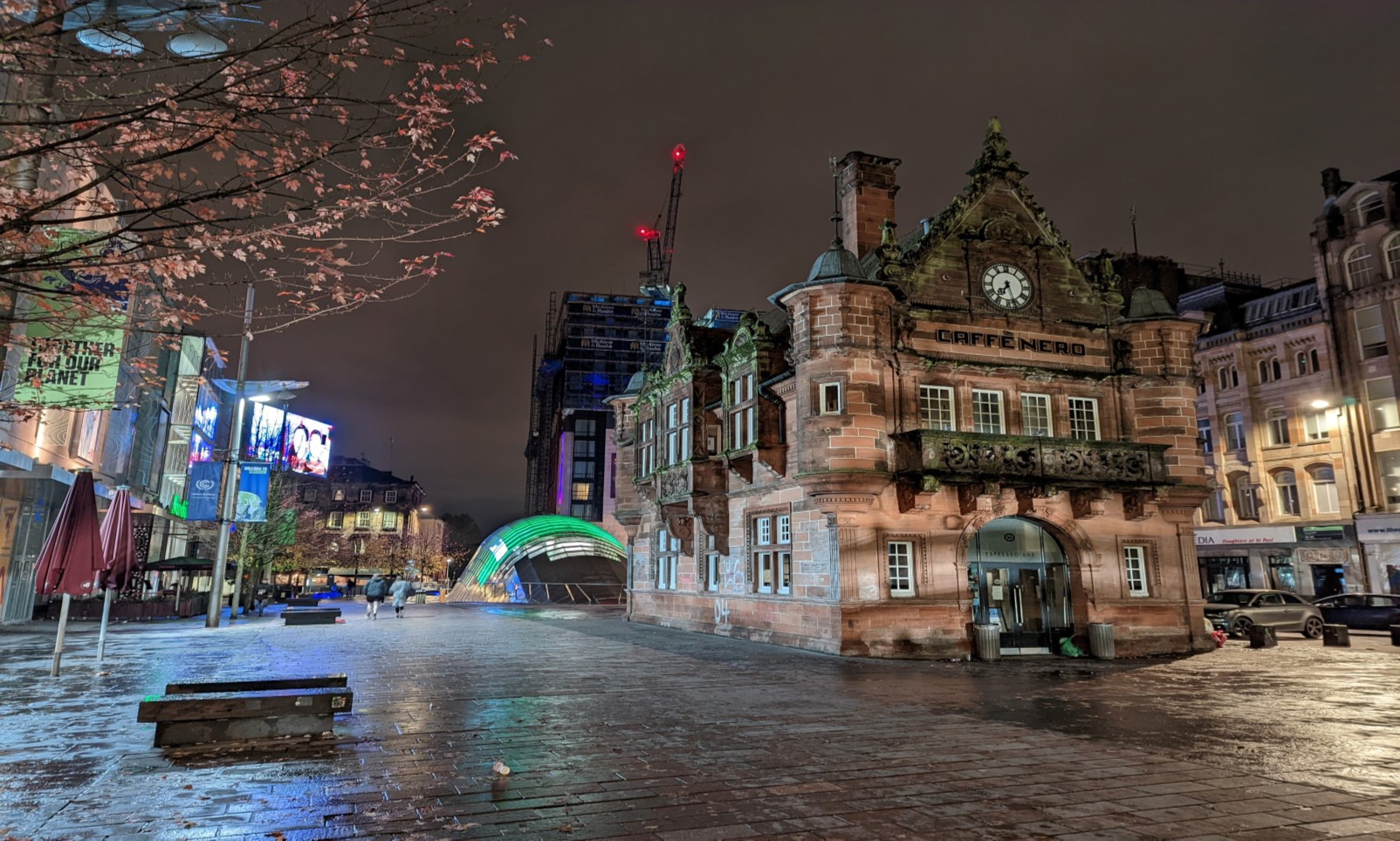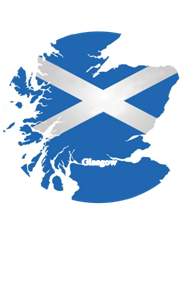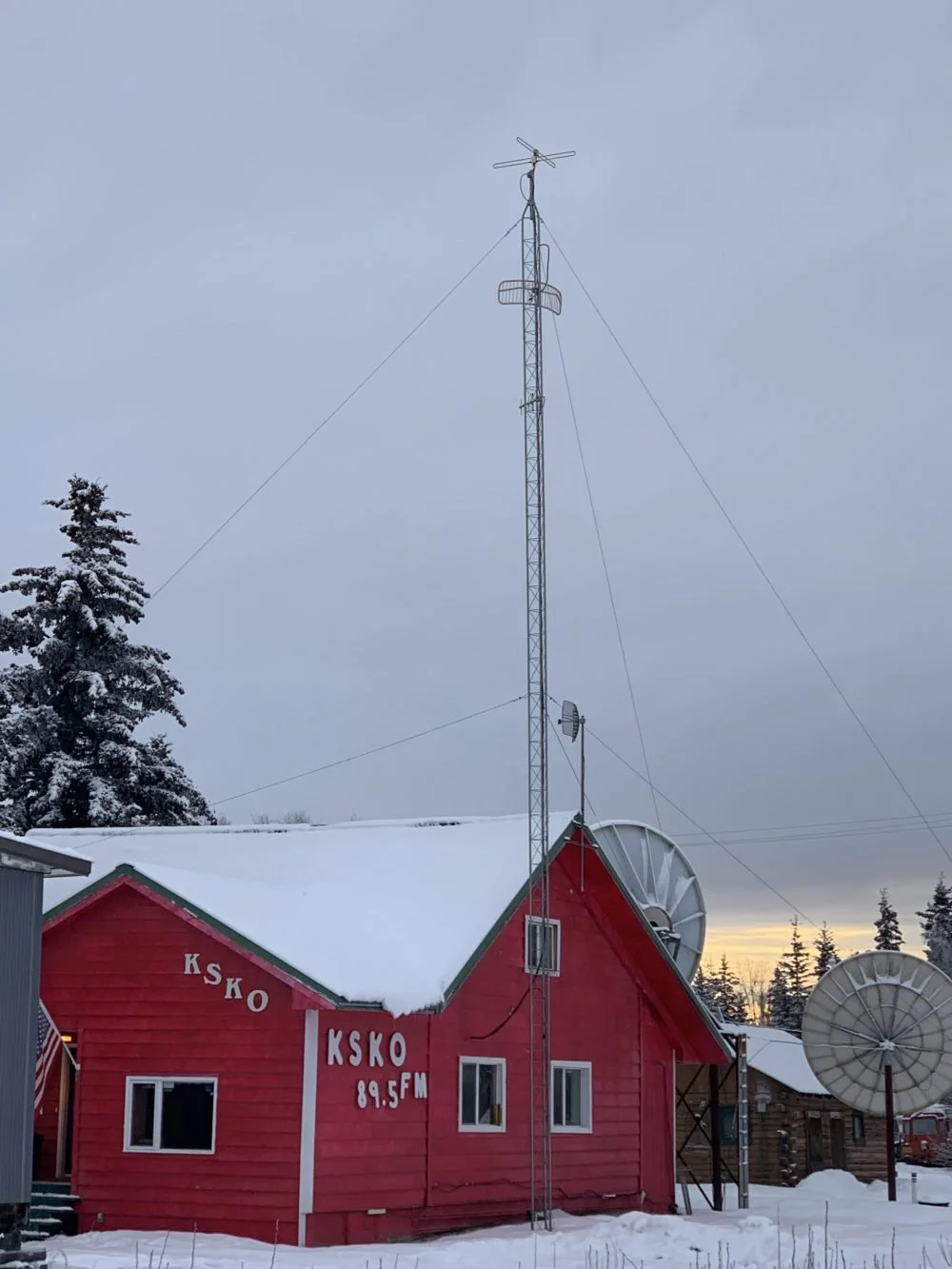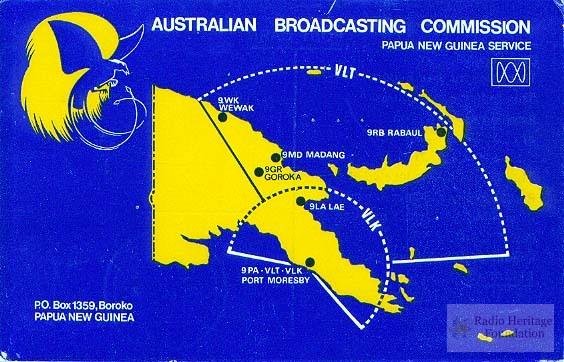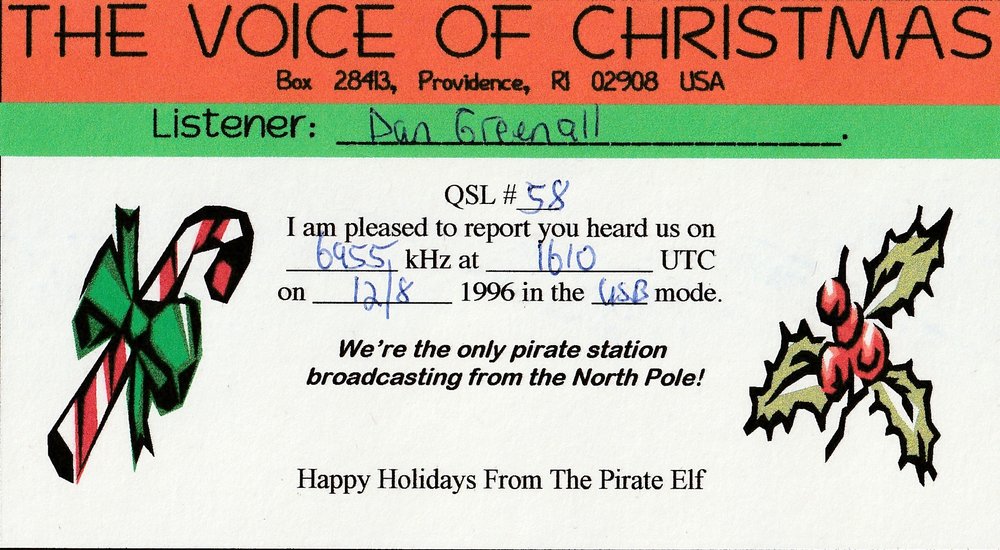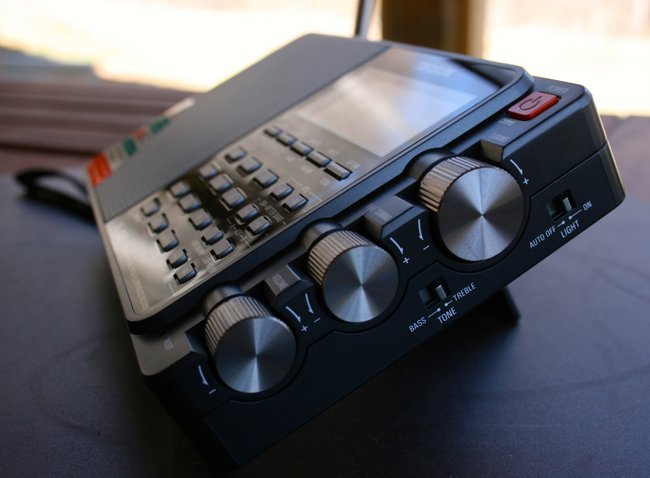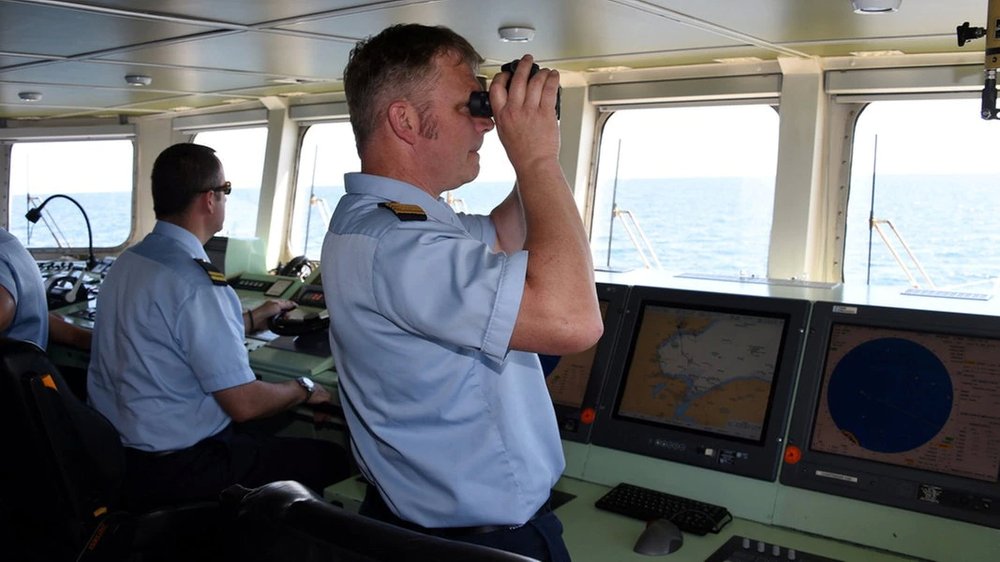
Live, off-air, three-hour recording of the special annual Gruss an Bord broadcast from German broadcaster NDR, Norddeutscher Rundfunk, on 24 December 2022 beginning at just after 18:00 UTC. The broadcast features music and greetings to and from mariners around the world. The Christmas greetings were recorded at two events on the third Advent Sunday (11 December) in Leer and on the fourth Advent Sunday (18 December) in Hamburg.
Relatives and friends had the opportunity to wish their loved ones at sea a happy holiday and a happy new year. The Leer event featured the Bingumer Shanty Choir and Anne-Fleur Schoch and her band while the Hamburg event featured Beatles experts Stefanie Hempel and The Silver Spoons. The broadcast was primarily in German with some greetings in English, Filipino, and Portuguese as well as German. A number of songs in English, too. A news bulletin (in progress when recording began) precedes the program for a few minutes.
In addition to being carried on the NDR Info and NDR Info Spezial networks, the broadcast was transmitted around the world on shortwave using transmitters in Nauen (NAU), Germany; Issoudun (ISS), France; Tashkent (TAC), Uzbekistan; and Okeechobee, Florida (RMI), U.S.A.; and was organized by Media Broadcast.
The schedule was:
1800-2100 on 6030 ISS 250 kW / 251 deg to North/East Atlantic
1800-2100 on 6080 TAC 100 kW / 301 deg to West/Central Europe
1800-2100 on 9740 NAU 250 kW / 130 deg to Indian Ocean - West
1800-2100 on 11650 ISS 250 kW / 148 deg to Indian Ocean - SoAf
1800-2100 on 13725 NAU 250 kW / 205 deg to Southern Atlantic
1800-2100 on 15770 RMI 100 kW / 044 deg to North/West Atlantic
RMI, Radio Miami International, experienced a power outage and was off the air for about the first two hours of the broadcast.
The recording is primarily of the transmission on the frequency of 11650 kHz for about the first two hours and 6030 kHz for the third hour as the signal degraded on 11650 kHz.
The program was received outdoors on a Tecsun PL-880 receiver with a Tecsun AN-03L 7-metre wire antenna in Hanwell (just outside Fredericton), New Brunswick, Canada, in AM mode with 2.3 kHz filtering. Reception was good for the most part on both recorded frequencies although, as previously mentioned, signal quality on 11650 kHz degraded during the second hour of the broadcast necessitating the switch to 6030 kHz. There was some adjacent channel interference on 11650 kHz at times. Also, there was about a one-minute dropout of the 11650 kHz frequency around the start of the second hour of the broadcast. The last minute or so of the broadcast on 6030 kHz was interfered with by a co-channel digital transmission from Radio Romania International.
